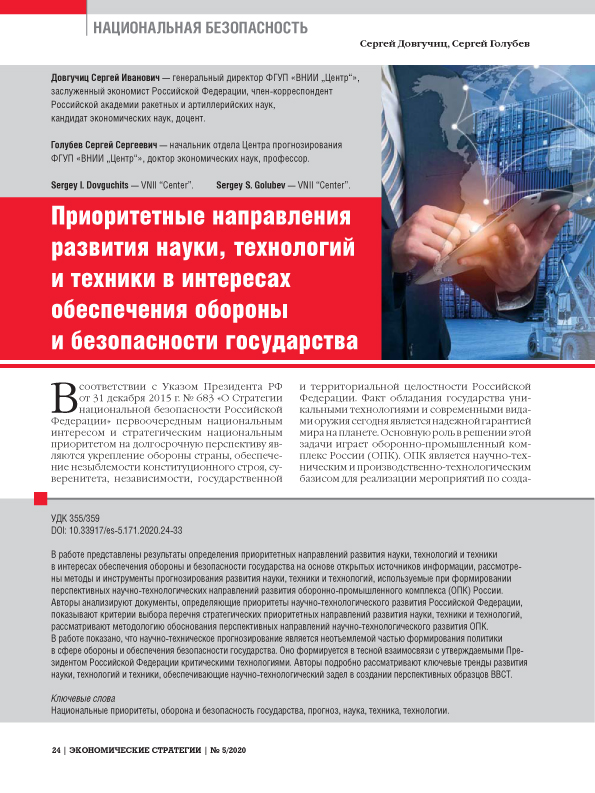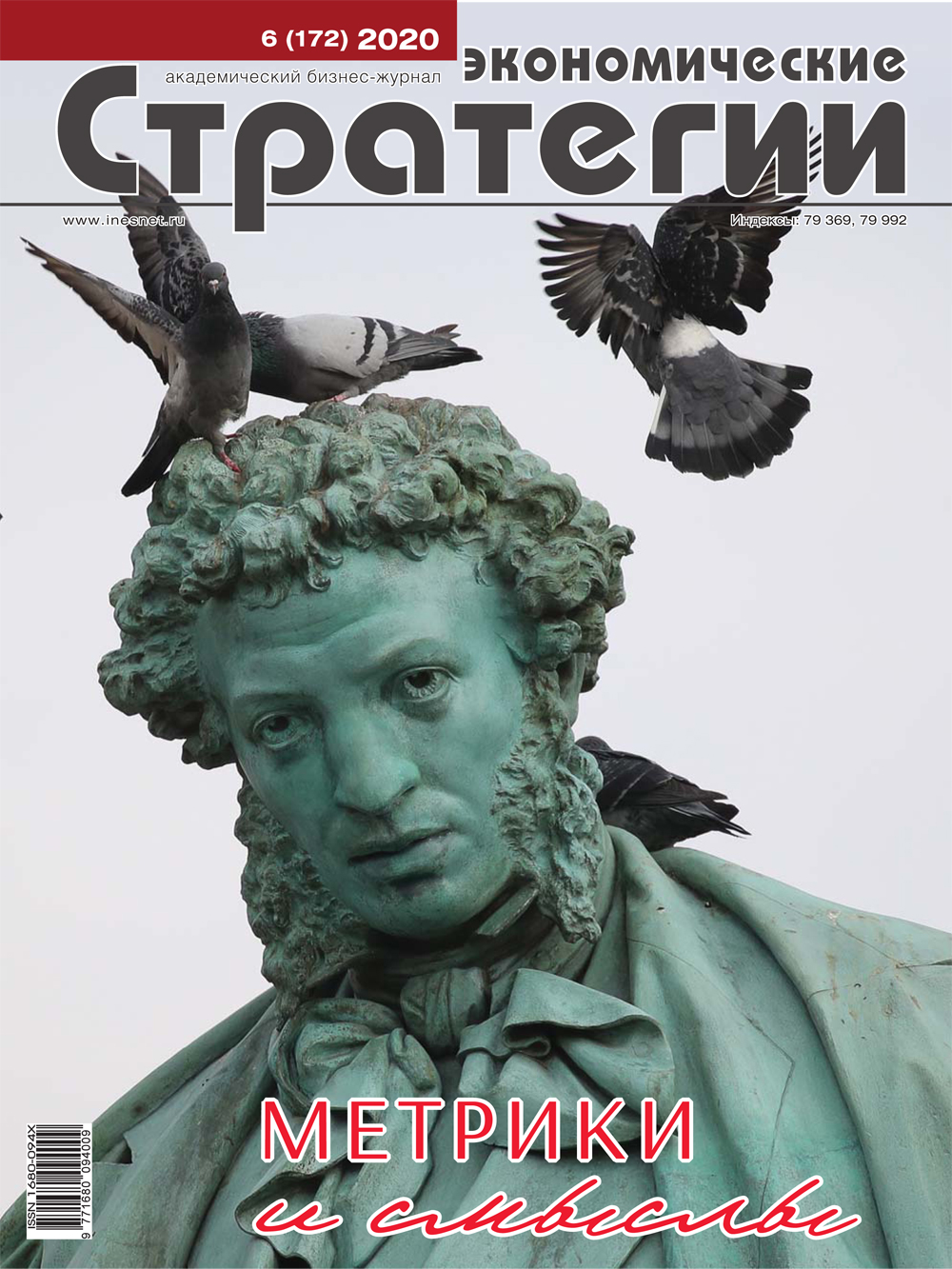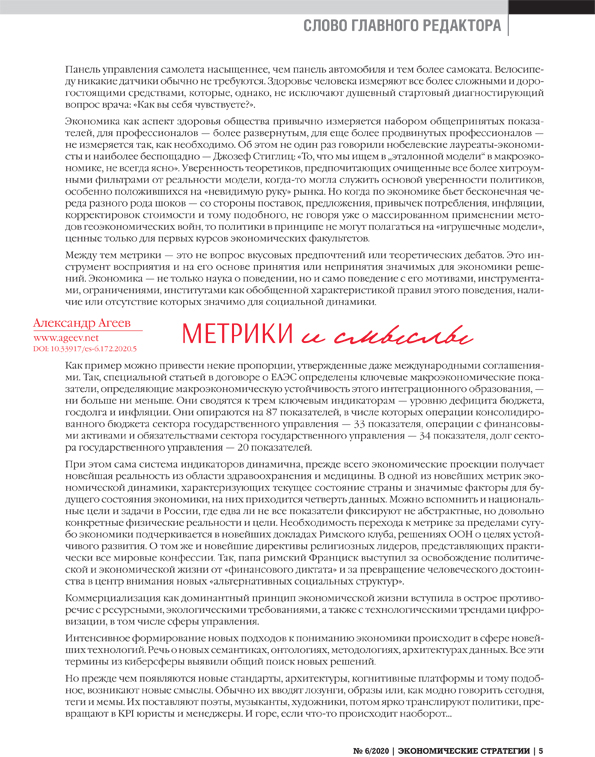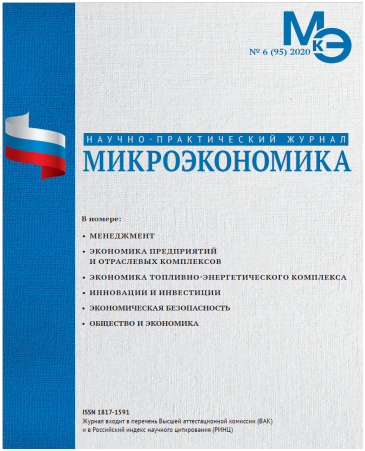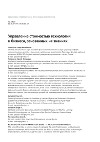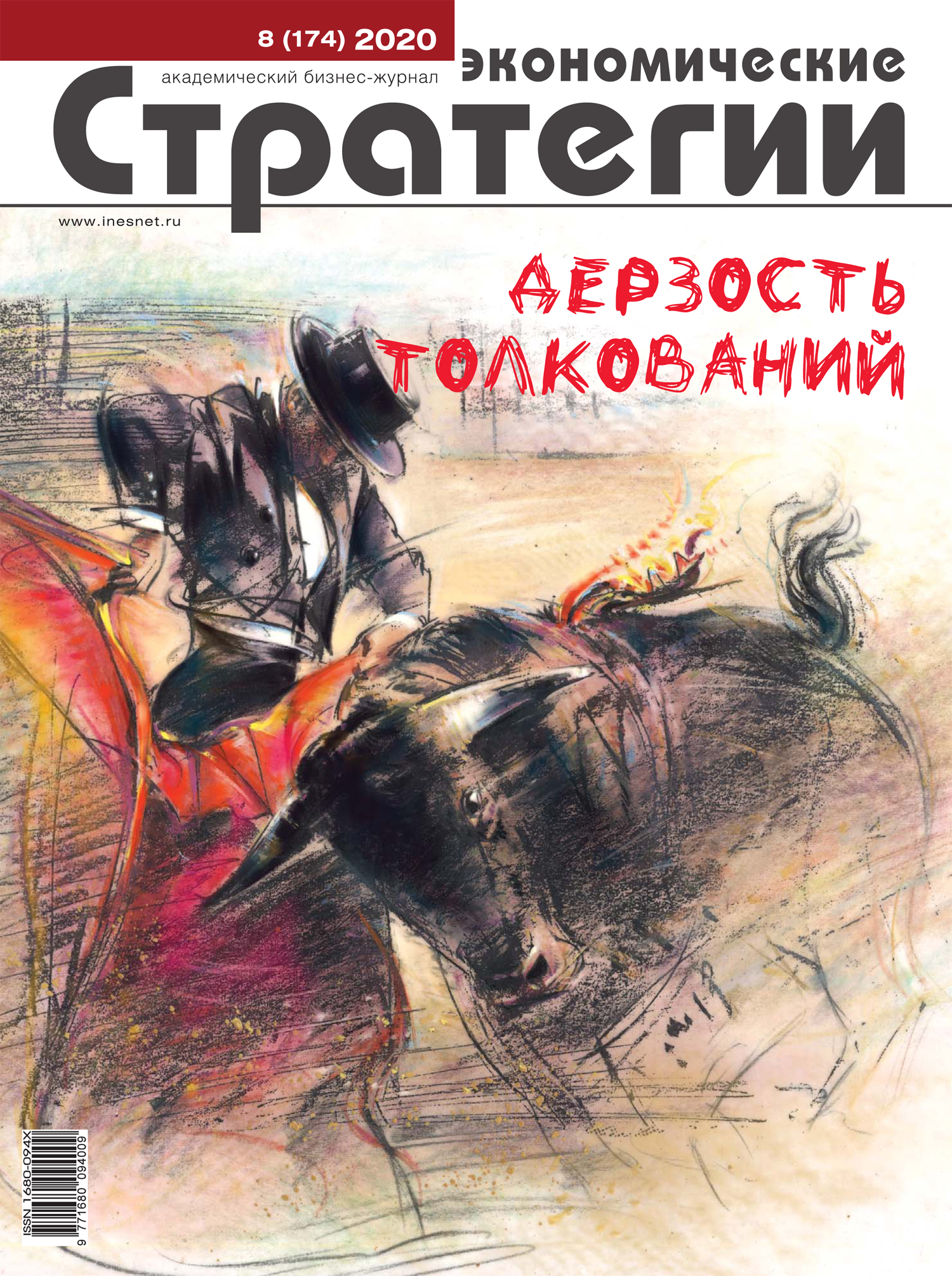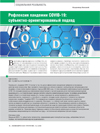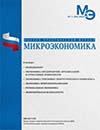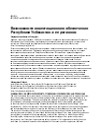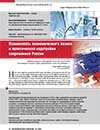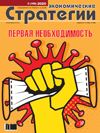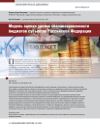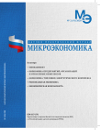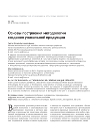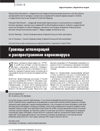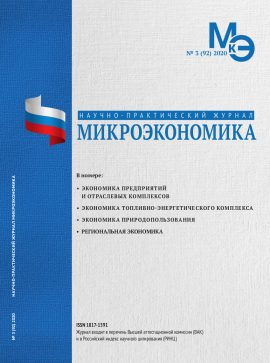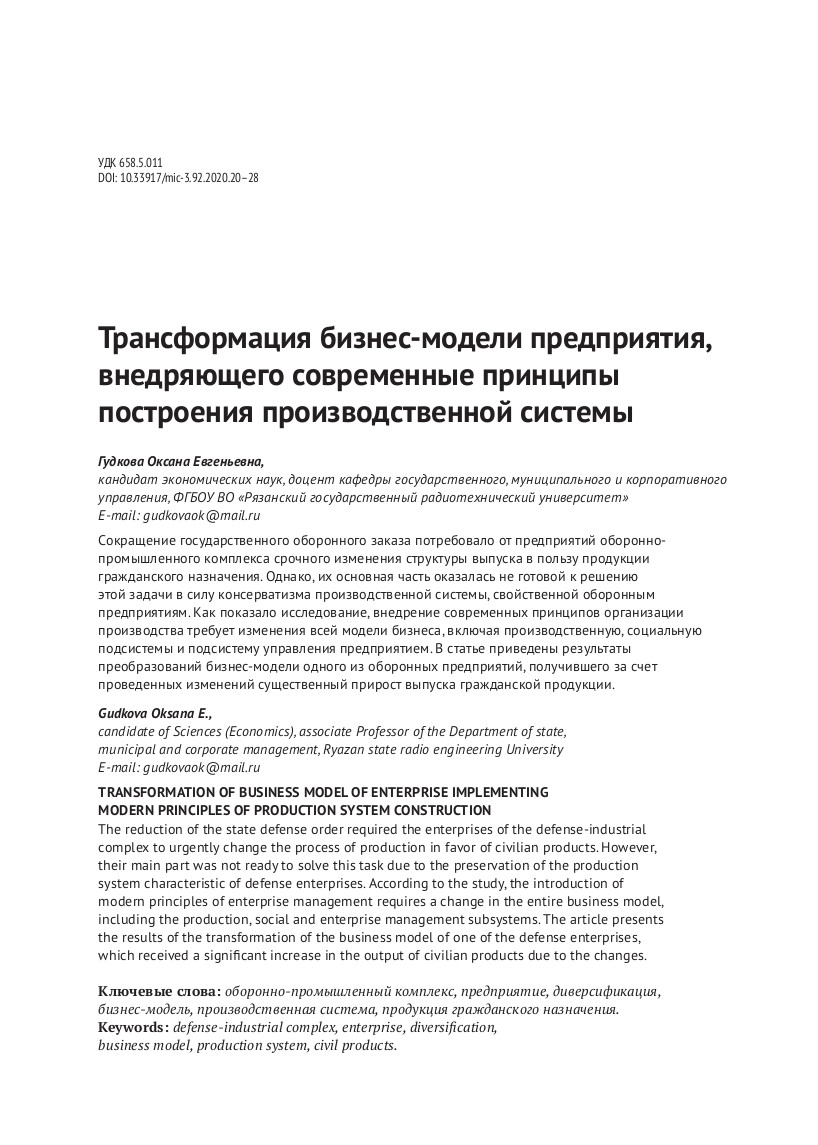Priority Directions of Development of Science, Technologies and Technics in Interests of Defence and State Security
DOI: 10.33917/es-5.171.2020.24-33
The paper presents the results of determining the priority directions of development of science, technologies and technics in interests of defence and state security, based on open sources of information, methods and tools of forecasting of development of science, equipment and technologies used in the formation of promising scientific and technological directions of development of military-industrial complex (defense industry). The authors analyze documents that determine the priorities of scientific and technological development of the Russian Federation, show the criteria for selecting a list of strategic priority areas for the development of science, technology and technology, and consider the methodology for substantiating promising areas of scientific and technological development of the defense industry. The paper shows that scientific and technical forecasting is an integral part of the formation of policy in the field of defense and security of the state. They are formed in close connection with critical technologies approved by the President of the Russian Federation. The authors reveal in detail the key trends in the development of science, technology and engineering that ensure the formation of the scientific and technological Foundation for the creation of promising samples of VVST



